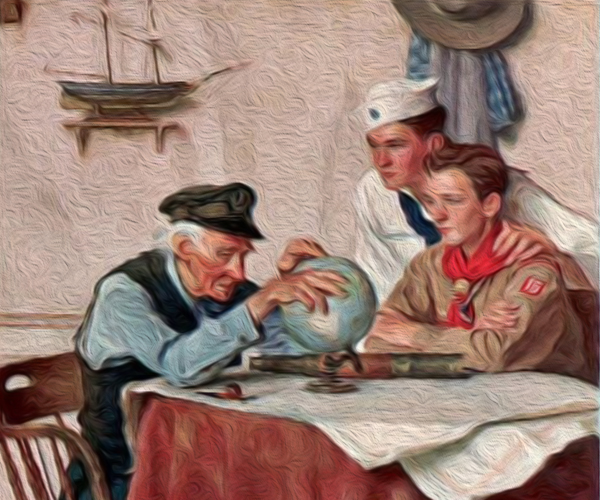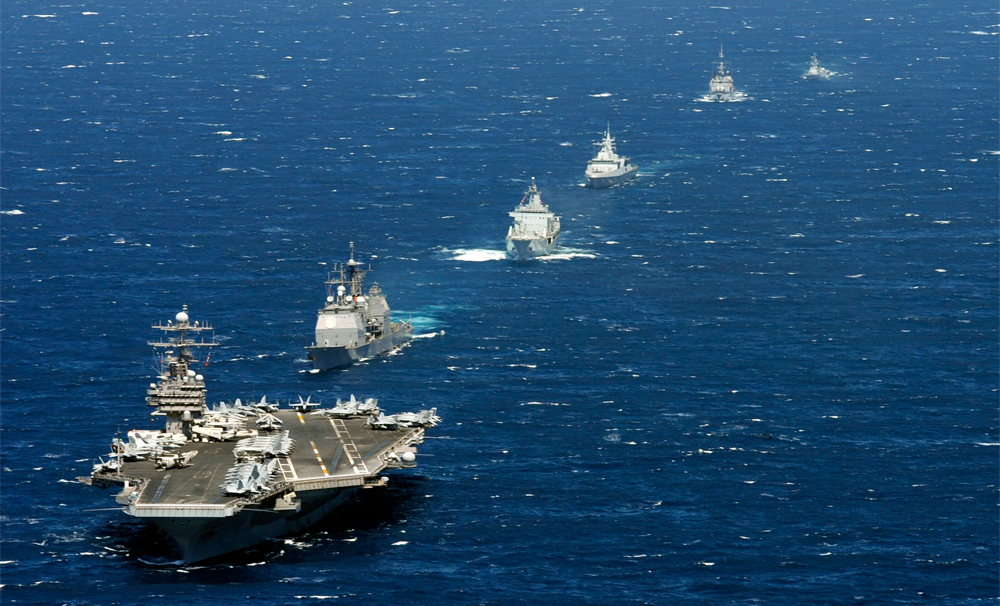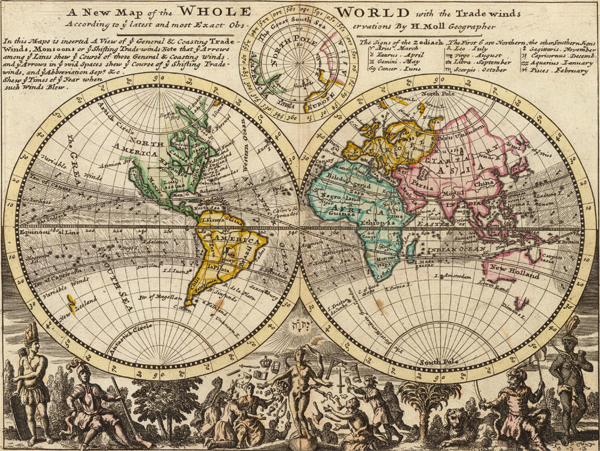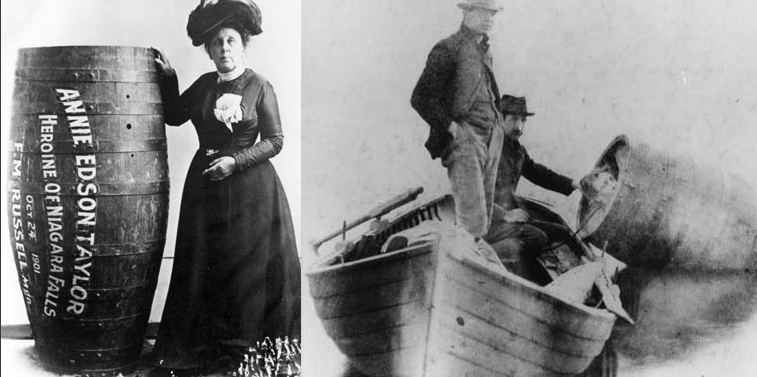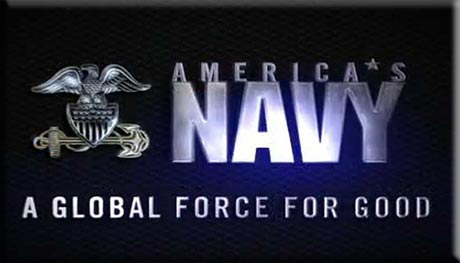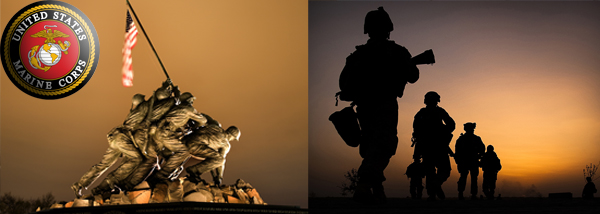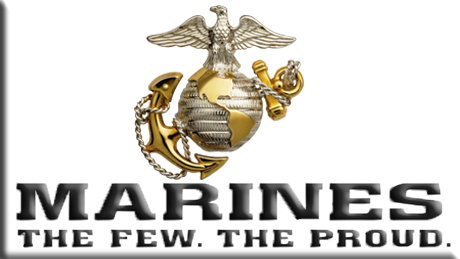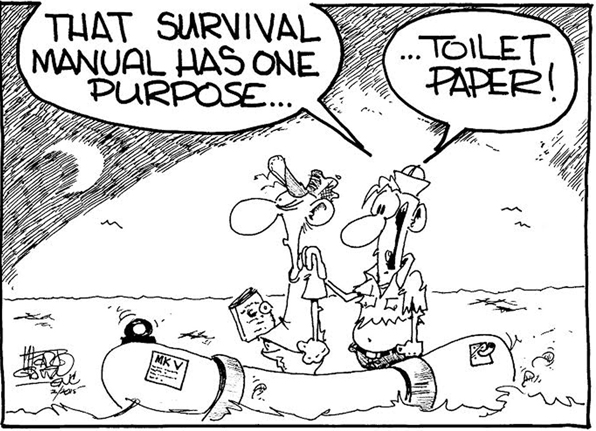
“Comfortably Numb” - Pink Floyd
Album: The Wall
Released 1979 
Roger Waters wrote the lyrics. While many people thought the song was about drugs, Waters claims it is not. The lyrics are about what he felt like as a child when he was sick with a fever. As an adult, he got that feeling again sometimes, entering a state of delirium, where he felt detached from reality. He told Mojo magazine (December 2009) that the lines, “When I was a child I had a fever/My hands felt just like two balloons” were autobiographical. He explained: “I remember having the flu or something, an infection with a temperature of 105 and being delirious. It wasn't like the hands looked like balloons, but they looked way too big, frightening. A lot of people think those lines are about masturbation. God knows why.”
Mojo magazine asked Waters about the line, “That'll keep you going through the show”, referring to getting medicated before going on-stage. He explained: “That comes from a specific show at the Spectrum in Philadelphia (June 29, 1977). I had stomach cramps so bad that I thought I wasn't able to go on. A doctor backstage gave me a shot of something that I swear to God would have killed a f---ing elephant. I did the whole show hardly able to raise my hand above my knee. He said it was a muscular relaxant. But it rendered me almost insensible. It was so bad that at the end of the show, the audience was baying for more. I couldn't do it. They did the encore about me.”
Dave Gilmour wrote the music while he was working on a solo album in 1978. He brought it to The Wall sessions and Waters wrote lyrics for it.
Gilmour believes this song can be divided into two sections: dark and light. The light are the parts that begin “When I was a child...”, which Gilmour sings. The dark are the “Hello, is there anybody in there” parts, which are sung by Waters.
Waters and Gilmour had an argument over which version of this to use on the album. They ended up editing two takes together as a compromise. Dave Gilmour said in Guitar World February 1993: “Well, there were two recordings of that, which me and Roger argued about. I'd written it when I was doing my first solo album [David Gilmour, 1978]. We changed the key of the song's opening the E to B, I think. The verse stayed exactly the same. Then we had to add a little bit, because Roger wanted to do the line, 'I have become comfortably numb.' Other than that, it was very, very simple to write. But the arguments on it were about how it should be mixed and which track we should use. We'd done one track with Nick Mason on drums that I thought was too rough and sloppy. We had another go at it and I thought that the second take was better. Roger disagreed. It was more an ego thing than anything else. We really went head to head with each other over such a minor thing. I probably couldn't tell the difference if you put both versions on a record today. But, anyway, it wound up with us taking a fill out of one version and putting it into another version.”
This was the last song Waters and Gilmour wrote together. In 1986 Waters left the band and felt there should be no Pink Floyd without him.
When they played this on The Wall tour, a 35 foot wall was erected between the band and the audience as part of the show. As the wall went up, Gilmour was raised above it on a hydraulic lift to perform the guitar solo. It was his favorite part of the show.
In the movie The Wall  , this plays in a scene where the main character, a rock star named “Pink”, loses his mind and enters a catatonic state before a show. It was similar to what Syd Barrett, an original member of the band, went through in 1968 when he became mentally ill and was kicked out of the band.
, this plays in a scene where the main character, a rock star named “Pink”, loses his mind and enters a catatonic state before a show. It was similar to what Syd Barrett, an original member of the band, went through in 1968 when he became mentally ill and was kicked out of the band.
This song is the final step in Pink's (Roger Water's) transformation into the Neo-Nazi, fascist character you see in the movie The Wall. Medics and the band manager come in and give Pink a shot to pull him out of his catatonic stupor, the manager pays protesting Meds some cash to shut up and let him take Pink to the concert in the state he's in (obviously a threat to his health, but the Meds, who probably don't make enough money, accept). In the movie Pink begins to melt on the way there, and underneath he finds that he is the cruel, fascist model of a Nazi party representative by the time he arrives at the concert. Supporting this, afterwards are the songs "The Show Must Go On" (Pink realizing as he gets to the show that there isn't really any turning back, and he's forced to go on-stage), “In the Flesh II” (the redone version of the first song on the album, now with Nazi-Pink singing, threatening random minorities), and “Run Like Hell” (after the crowd, loving nazi-Pink, has been whipped into a frenzy, now hunting minorities in the street, much like late 1930 Germany). While it does seem that this is a song about the “joy of heroin”, it has little, if any connection to heroin even if it's condition resembles that of somebody who's totally wasted.
Van Morrison played this with Roger Waters at a 1990 concert Waters organized in Berlin to commemorate the fall of the Berlin Wall. This version was used in the movie The Departed and also appeared in an episode of The Simpsons.
Gilmour's second guitar solo on “Comfortably Numb” regularly appears in Best Guitar Solo of All Time polls. In an August 2006 poll by viewers of TV music channel Planet Rock it was voted the greatest guitar solo of all time. For the solo, the Pink Floyd guitarist used a heavy pick on his Fender Strat with maple neck through a Big Muff and delay via a Hiwatt amp and a Yamaha RA-200 rotating speaker cabinet. Gilmour told Guitar World that the solo didn't take long to develop: “I just went out into the studio and banged out 5 or 6 solos. From there I just followed my usual procedure, which is to listen back to each solo and mark out bar lines, saying which bits are good. In other words, I make a chart, putting ticks and crosses on different bars as I count through: two ticks if it's really good, one tick if it's good and cross if it's no go. Then I just follow the chart, whipping one fader up, then another fader, jumping from phrase to phrase and trying to make a really nice solo all the way through. That's the way we did it on 'Comfortably Numb'. It wasn't that difficult. But sometimes you find yourself jumping from one note to another in an impossible way. Then you have to go to another place and find a transition that sounds more natural.”
Rolling Stone magazine (500 Greatest Albums of All Time #87) / Pink Floyd.com / Mojo Magazine / All Music / Billboard / Song Facts / Wikipedia
Image: “The Wall” by Pink Floyd

Trivia
● Ethernet is a registered trademark of Xerox, Unix is a registered trademark of AT&T.
● The capital of Portugal was moved to Rio de Jeneiro, Brazil (at the time a colony of Portugal) from 1807 until 1821 while Portugal was fighting France in the Napoleonic Wars.
● Gerald Ford pardoned Robert E. Lee posthumously of all crimes of treason.
Military Trivia
● When World War II ended in 1945, How many enlisted men and women were in the nation's armed services?
A: Almost eleven million (10,795,775).
● What is a military contractor referring to when talking about a “manually powered fastener-driving impact device”?
A: A Hammer.
● What utensil were British sailors forbidden to use until the very late nineteenth century because it was considered both unmanly and harmful to discipline?
A: The fork.

Joke of the Day
A man and his wife were having an argument about who should brew the coffee each morning.
The wife said, “You should do it because you get up first, and then we don't have to wait as long to get our coffee.”
The husband said, “You are in charge of cooking around here and you should do it, because that is your job, and I can just wait for my coffee.”
Wife replies, “No, you should do it, and besides, it is in the Bible that the man should do the coffee.”
Husband replies, “I can't believe that, show me.”
So she fetched the Bible, opened the New Testament and showed him that at the top of several pages it does indeed say “HEBREWS”.


